Rice, with María José San Román
By Jenny Linford & Monika Linton.
Chef Maria Jose San Roman is one of the leading female chefs in Spain.
An expert in Alicante cuisine, Maria Jose brings both a deep knowledge and a fascination with food to her cooking. Known as the queen of saffron, for her research into this local ingredient, she is alsonoted for her way with rice, with the Michelin Guide entry for her restaurant, Monastrell, highlighting her 'excellent rice dishes'.
We interviewed Maria Jose San Roman to learn more about this ingredient, and hear some of her techniques.

Can you tell me about rice and its starch content?
Broadly speaking, there are two “races” of rice: short-grained japonica and long-grained indica. A key difference between them is that long-grained rice like basmati doesn't have much starch, while short-grained rice is high in starch. Starch acts like a sponge, it absorbs any liquid it is cooked in. When we make paella, we need a rice which is able to soak up the flavour. Basmati, a long grain rice, is aromatic, while japonica isn't fragrant, but it does contain lots of starch.
Can you tell me about Spanish rice varietals?
The only type of rice we produce in Spain is short-grained rice. I select my rice by varietal and grower. The Ebro delta, the Albufera and Murcia are areas of rice production near me. Some people will know Calasparra but this is not a variety, this is a little town in Murcia which has grown rice for a very long time. It's a cooperative of growers who cultivate different varietals: some are varietal crosses and some are mono varietals.
Bomba is an ancient rice varietal which is popular because it doesn't break up when you cook it, the grain doesn't disintegrate. If you have less experience in cooking Spanish rice dishes you can use bomba and it will work well.
Bahía – for me this is the rice for connoisseurs. When you cook Bahía it gives a beautiful result – the flavour is amazing. You need to know more about cooking rice to use it – it's important not to overcook it as the grain may not hold its form so well.
What type of rice would you use for what sort of dish?
If you're making a soupy or a creamy rice, then Bomba will hold its shape and not explode. For a dry dish, I would use Bahía or Senia – they have a good texture.
What are your thoughts on cooking rice with olive oil?
One thing which is so important for me is cooking rice with extra virgin olive oil. It has been demonstrated by scientists that when cooking rice with extra virgin olive oil the sugar in the rice has less impact. For me, using a ratio of 25% of extra virgin olive oil to rice is a must, so for a kg of rice, I'd use 250g of extra-virgin olive oil.
Do you have a favourite olive oil for cooking rice with?
It doesn't need to be a special one, but it should always be extra virgin olive oil, which is the best fat in the world. I use mature olive oil, which is cheaper because it's obtained at the end of the season, when the olives yield more oil. I will never use a green, fragrant olive oil for cooking – that would be a waste.
Can you tell me more about cooking rice in stock?
When you make a paella broth it is a vital part of the recipe. In Valencia they make the broth a la minute: that is, they prepare the sofrito, add the chicken and then add the correct amount of water for the rice that will be added shortly, this becomes the stock as it takes on the flavours of these ingredients. Once this is all boiling, the rice is added and the cooking is timed. Where I live in Alicante, we make a fumet or bouillon first, we strain it and then we add the rice to the pan. You can mix your broths; traditional recipes often have both surf and turf where you add whatever protein was available to the dish. When I make stock, I roast the chicken, prawns or fish – whatever you're going to cook with the rice – with tomatoes and onions, until browned and then use this with water to make the stock.
Tell me about adding saffron to rice.
To get a lovely yellow colour, you add saffron. Saffron is a nice ingredient – not for all rice dishes, but for some of them. I make an infusion – 1g of saffron to 250ml water and I keep it at 65 degrees, like a tea, for hours, until the stamens are completely white.
What is the secret to creating socarrat?
The socorrat that people often look to achieve can be achieved by having enough oil in the recipe and enough collagen in the broth from the ingredients. First the rice is boiling, absorbing the flavour in the grain. At the end of the cooking there is no more liquid and it starts to fry, that is when you get socarrat. It's a matter of rice, water, heat and timing.
The pan itself doesn't make a huge amount of difference for the socorrat, however I always use the traditional steel pans, as they last a lot longer than enamel pans.
"Everybody loves paella. There's a tradition of sharing – you make a big pan that everyone can go and eat from. When you're with a family you make a paella, everyone goes in with a fork and gets the bit they want!"
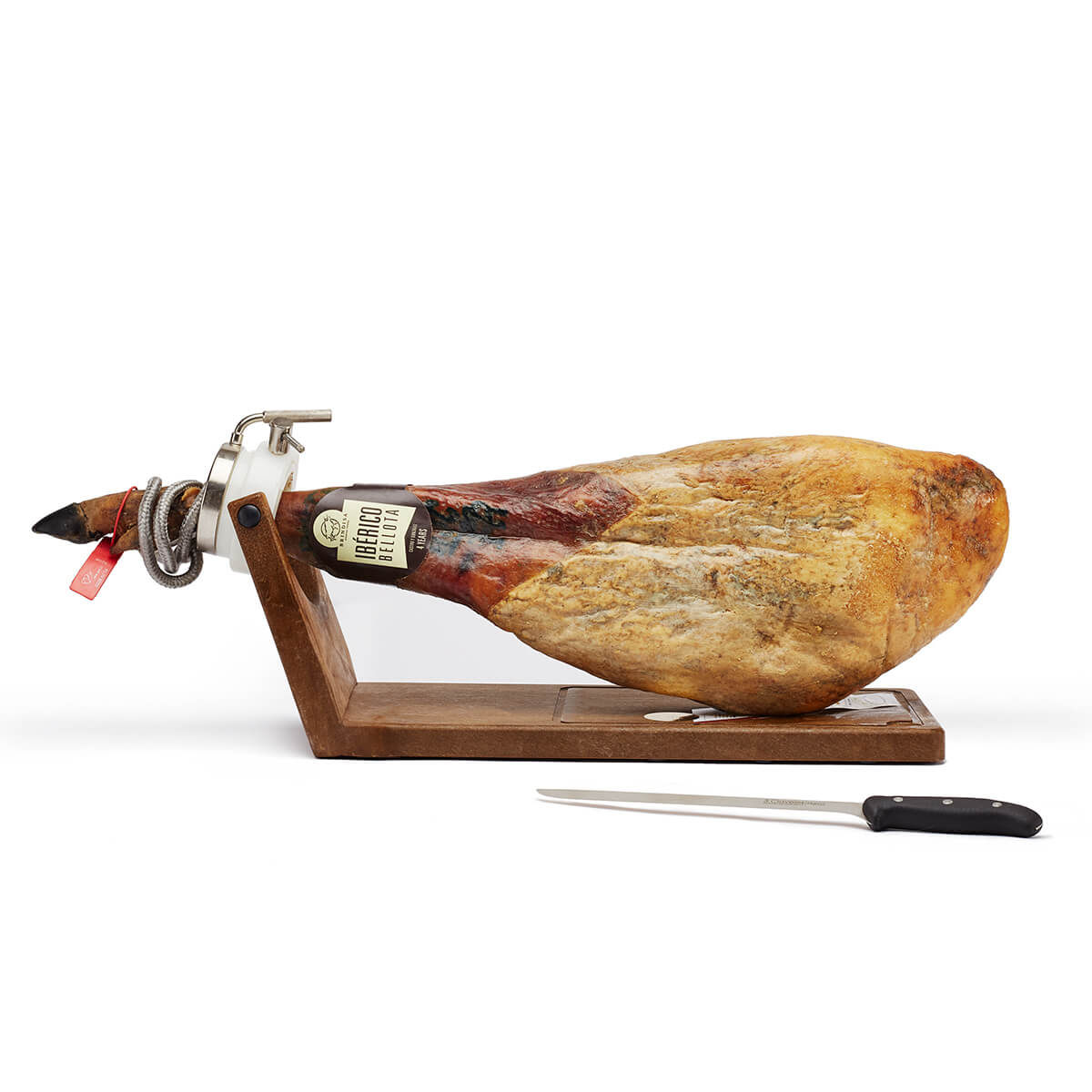 Brindisa Bellota 75% Iberico Ham Kit
Brindisa Bellota 75% Iberico Ham Kit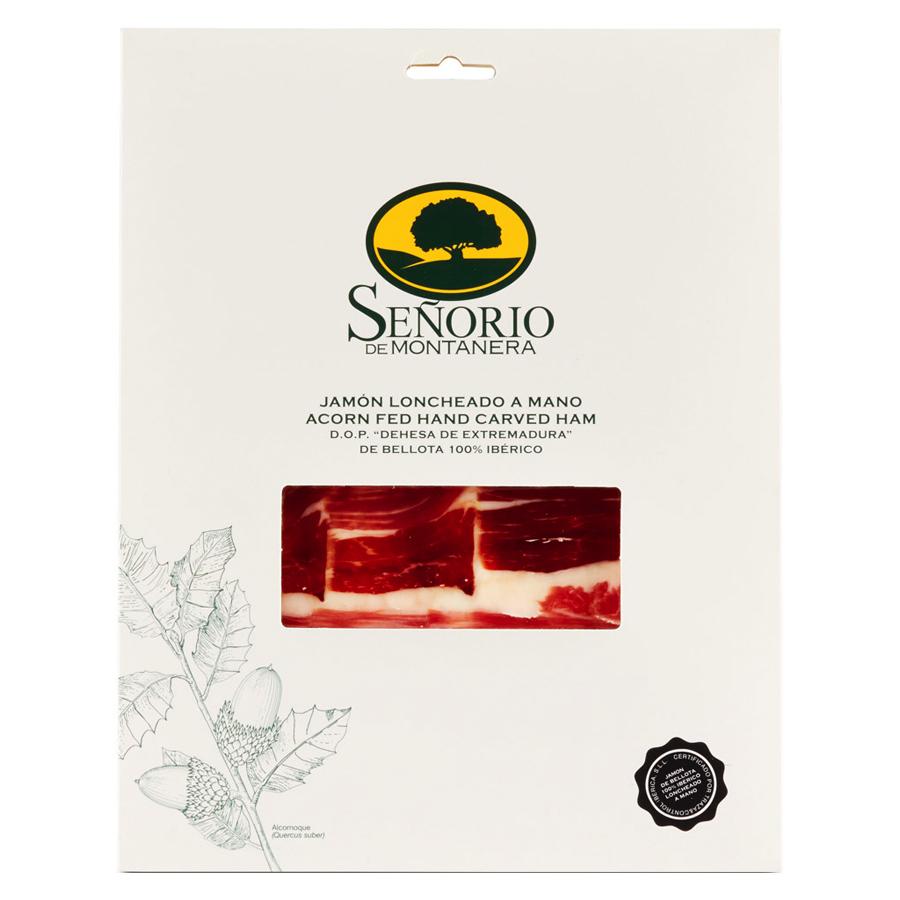 100% Iberico Hand-Carved Ham
100% Iberico Hand-Carved Ham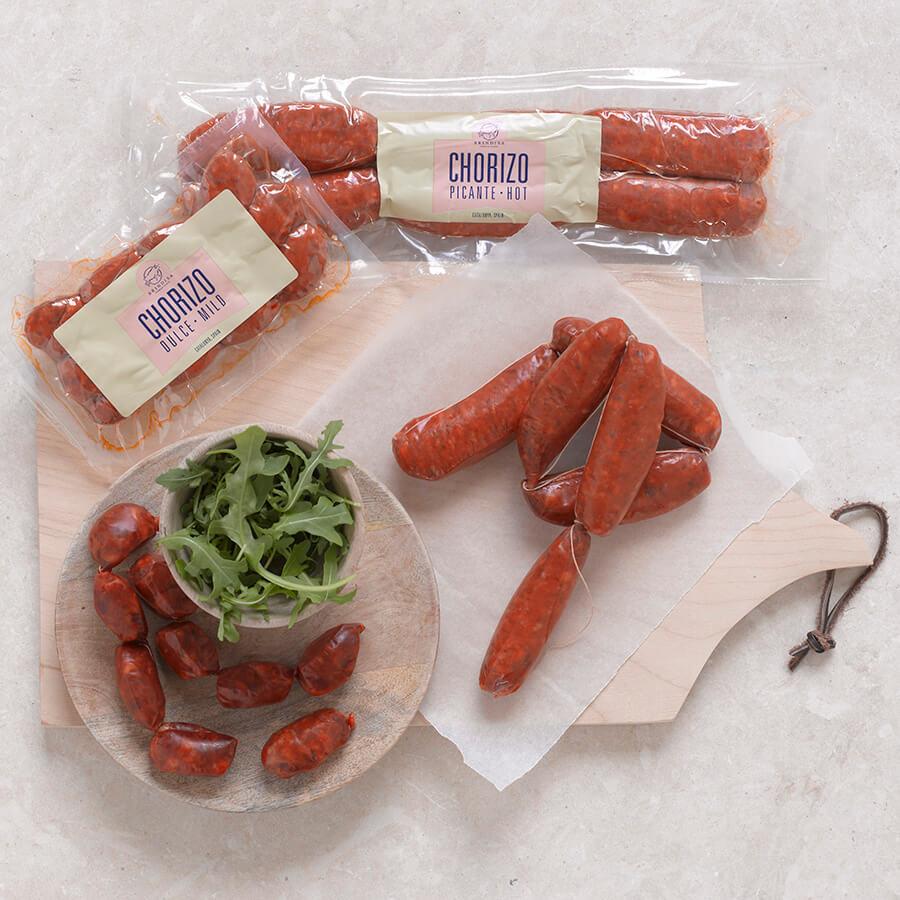 Cooking Chorizo
Cooking Chorizo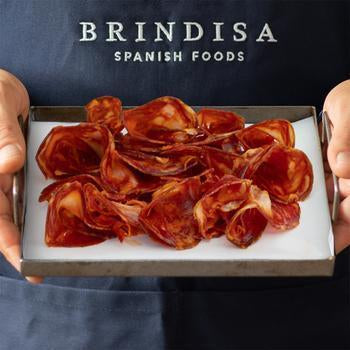 Freshly Sliced Charcuterie
Freshly Sliced Charcuterie Truffle Manchego
Truffle Manchego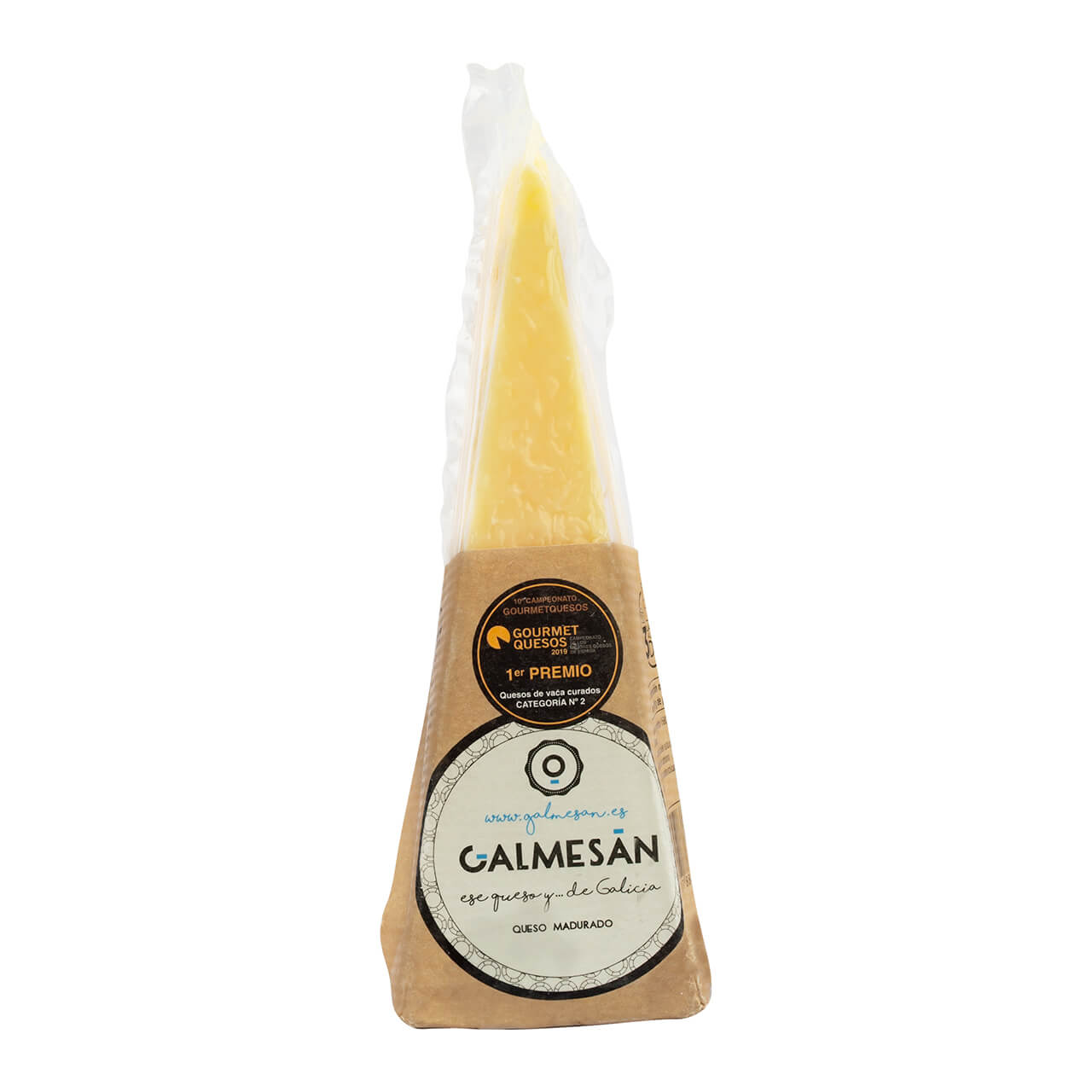 Galmesan Wedge
Galmesan Wedge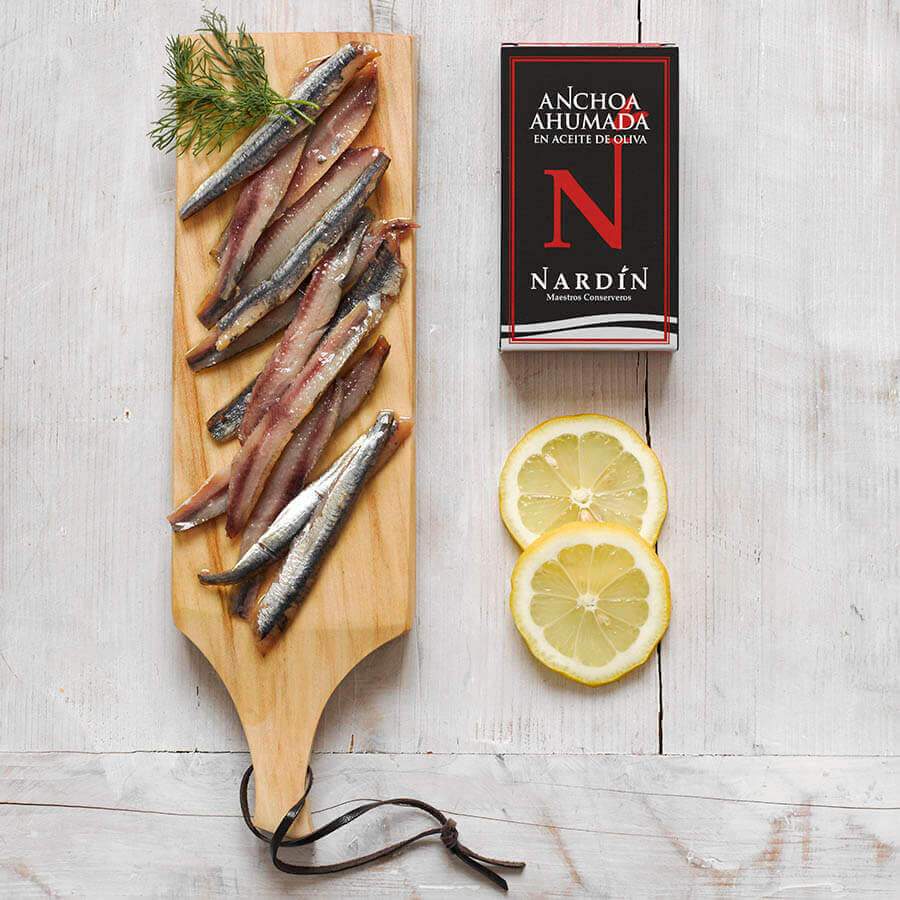 Beech Smoked Anchovies
Beech Smoked Anchovies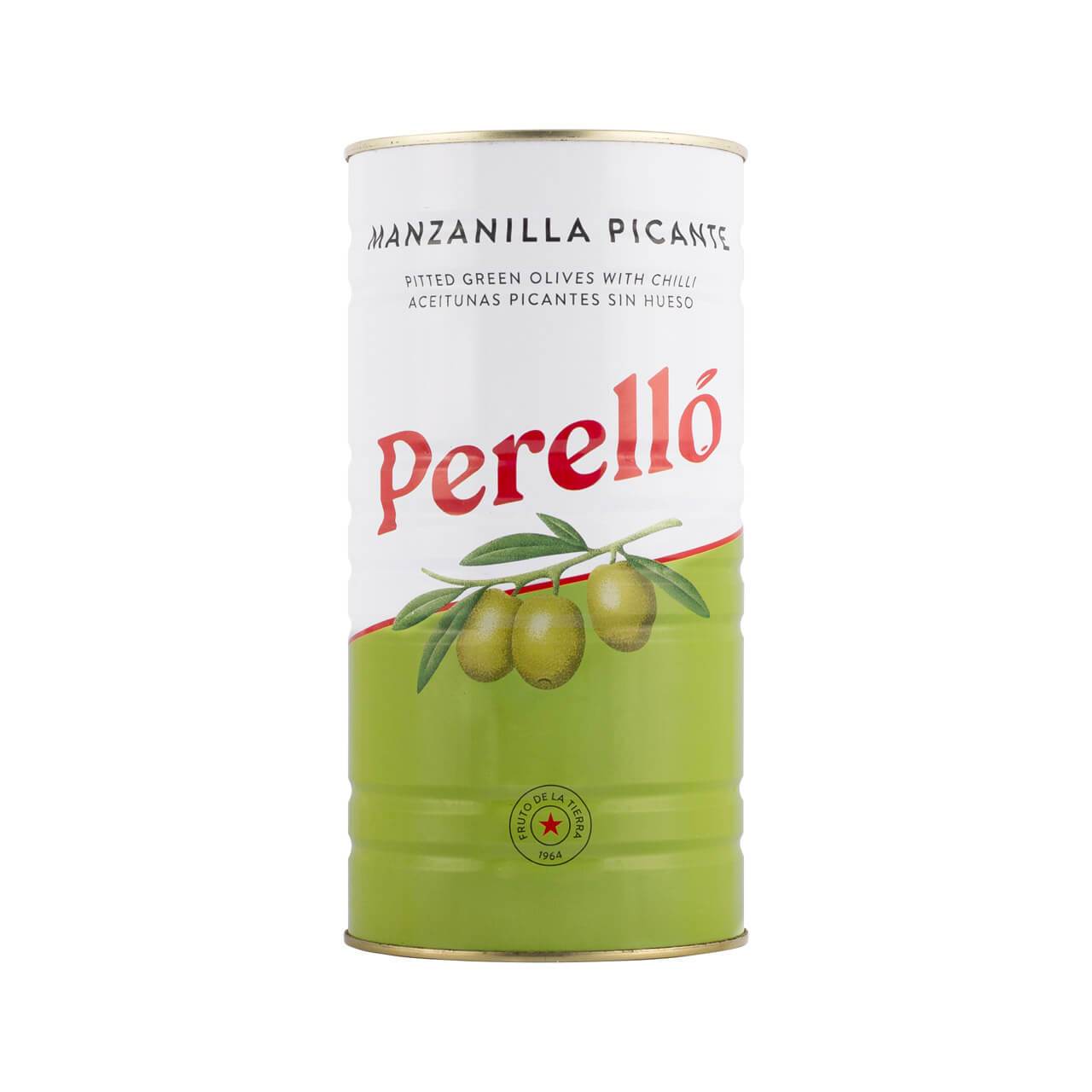 Perello Manzanilla "Martini" Olives
Perello Manzanilla "Martini" Olives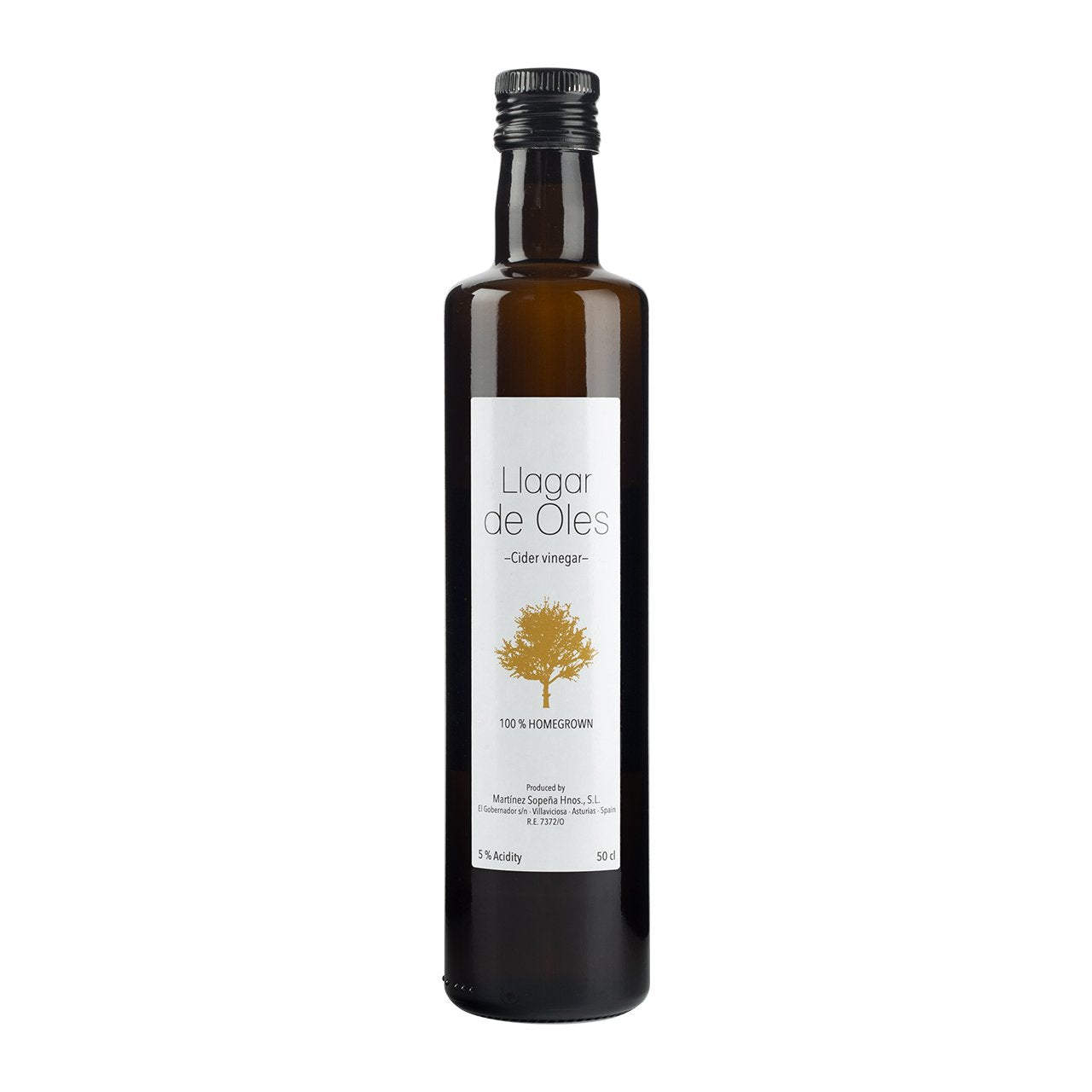 Apple Cider Vinegar
Apple Cider Vinegar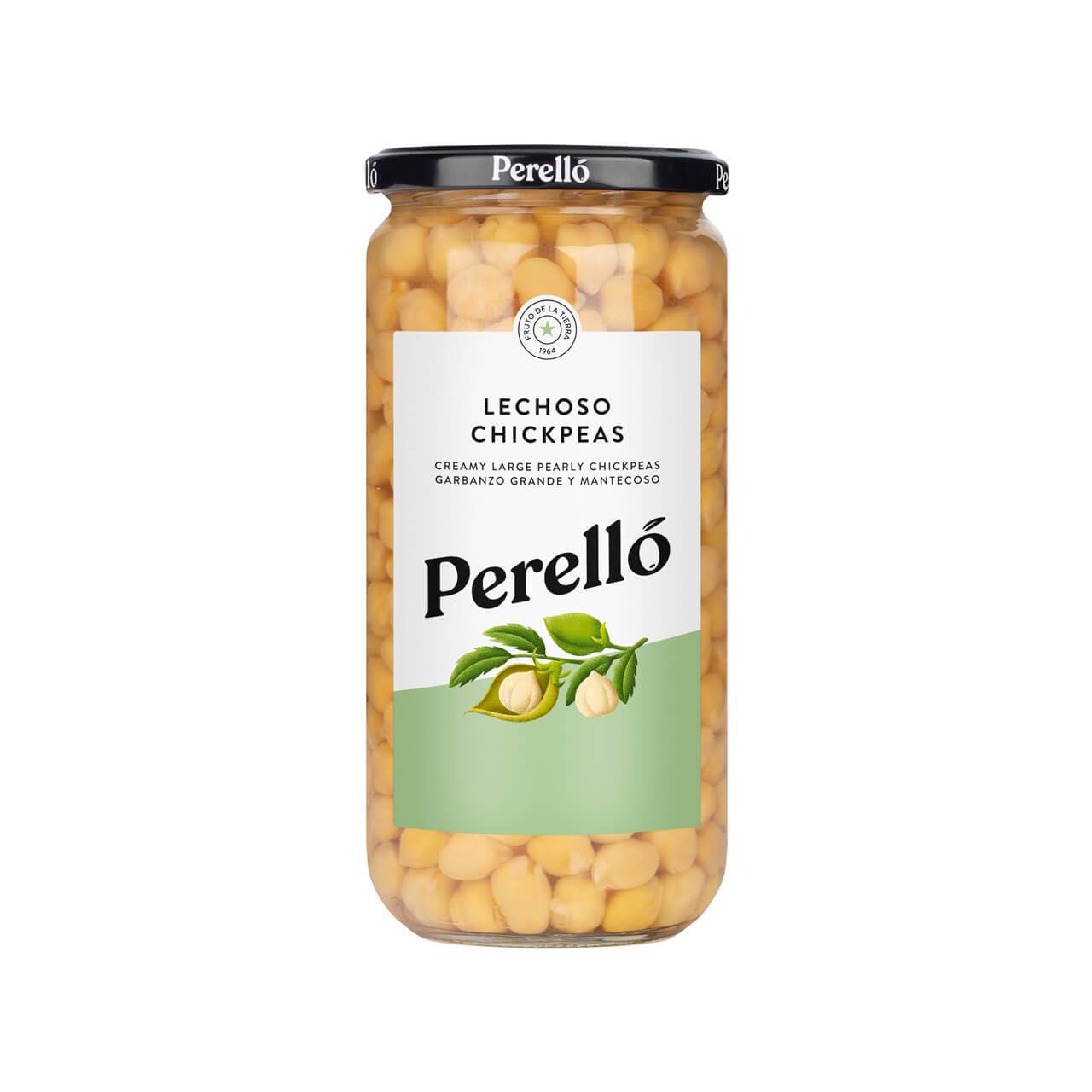 Perello Chickpeas
Perello Chickpeas Buy a Gift Card
Buy a Gift Card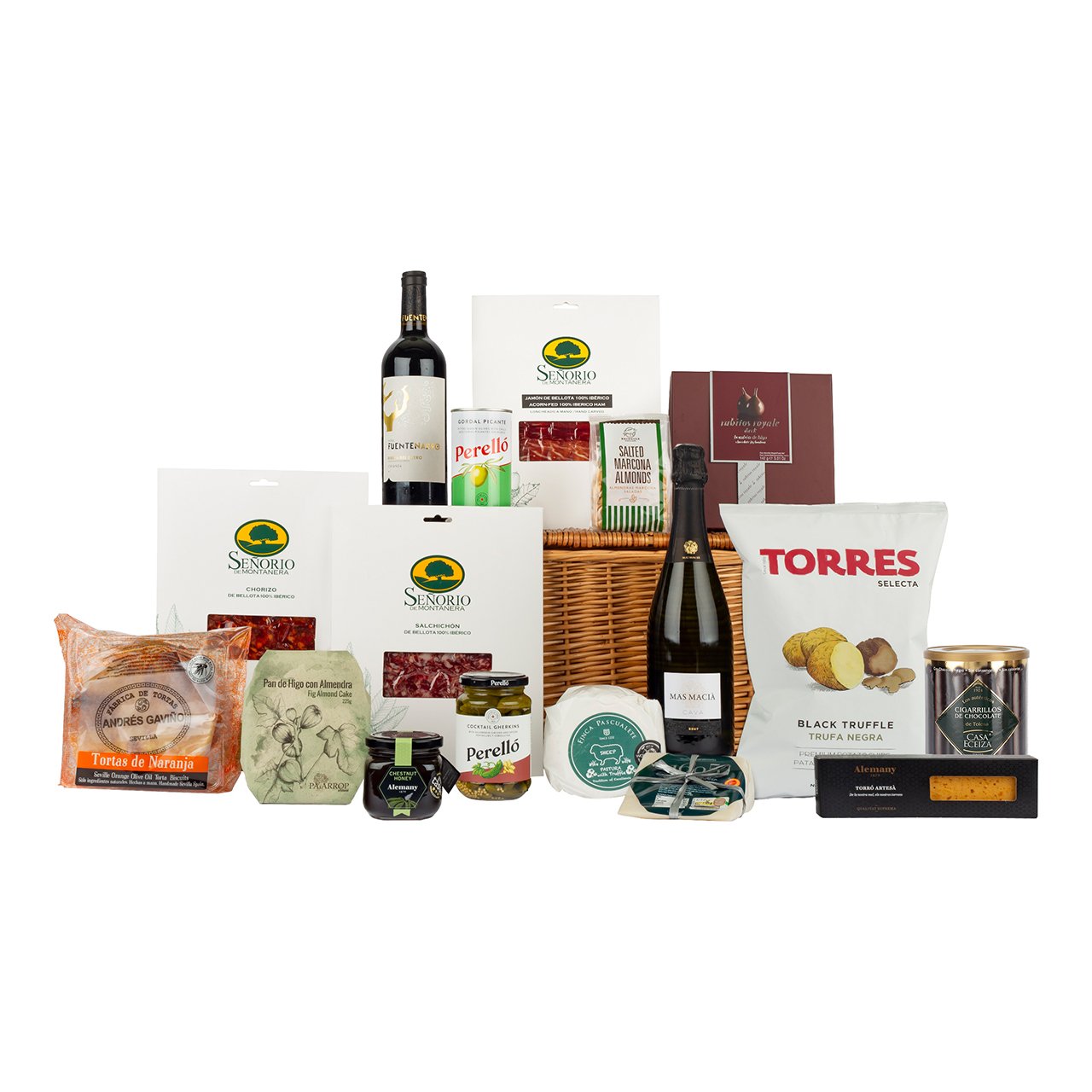 Celebration Hamper
Celebration Hamper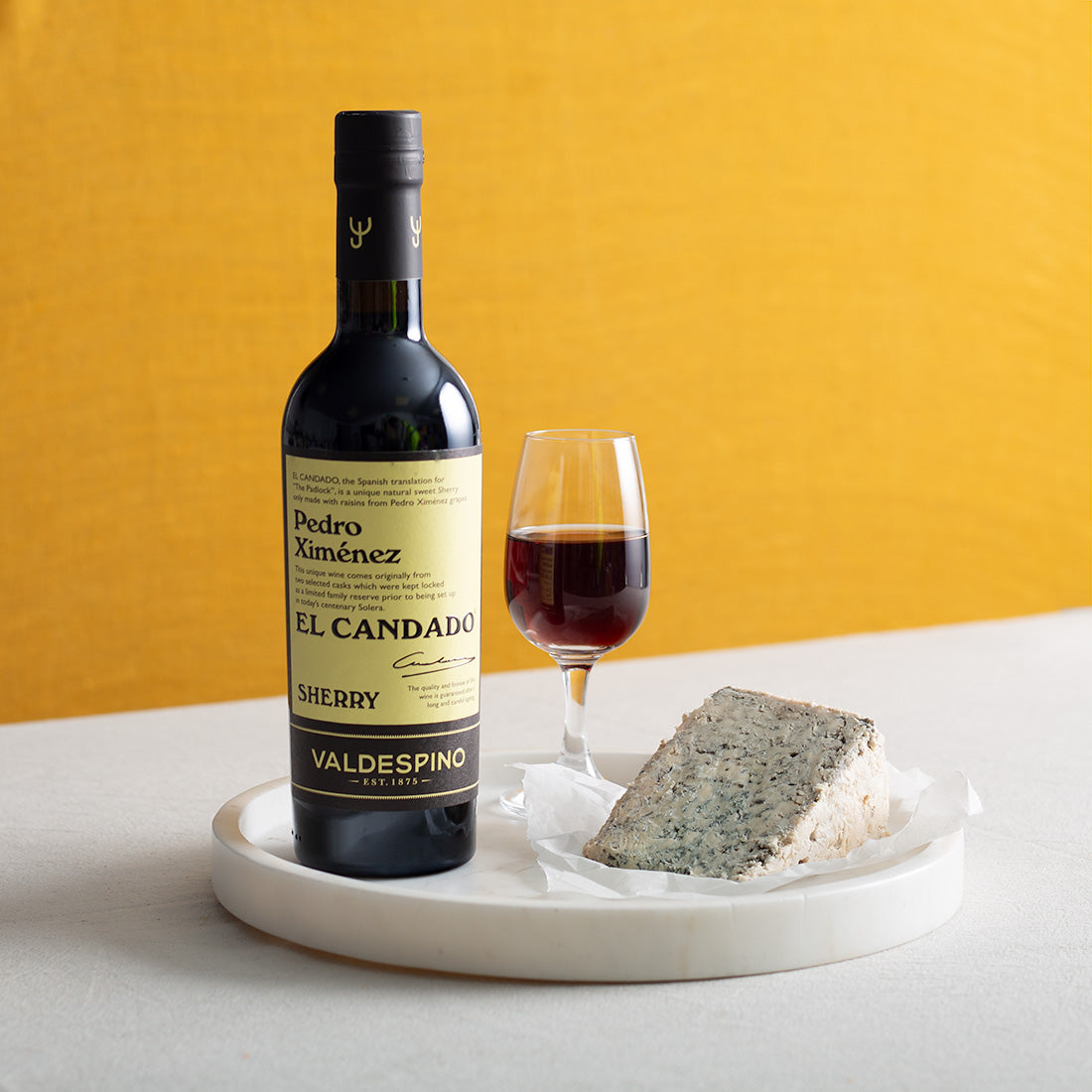 Sherry
Sherry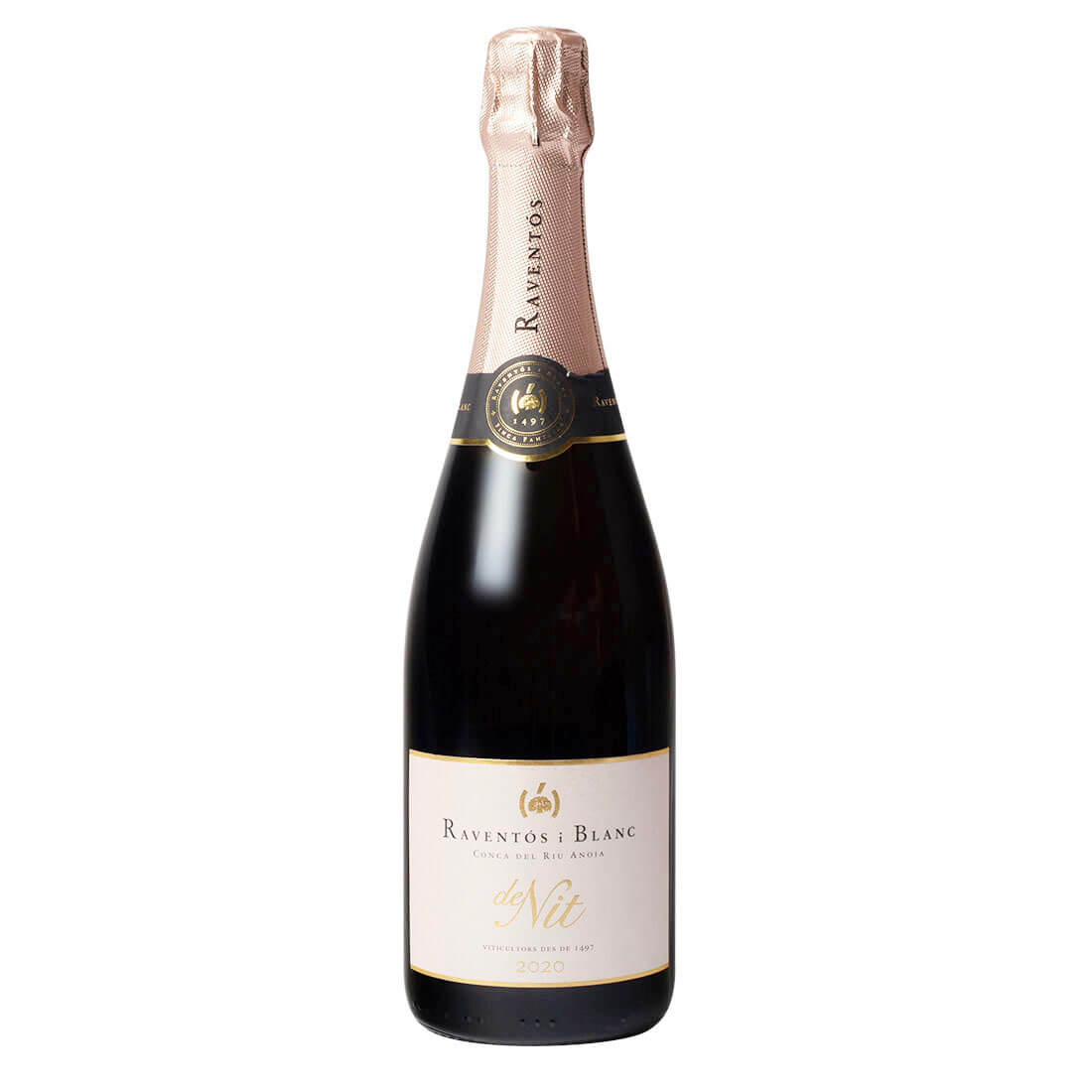 Sparkling Cava for Christmas
Sparkling Cava for Christmas Perello Olives
Perello Olives Navarrico Butter Beans
Navarrico Butter Beans






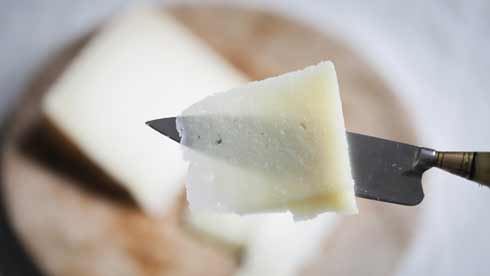
Comments
A really interesting, enlightening interview – helping English people to understand some of the nuances of cooking with rice! I hope to find and try out some of these types. A great tip too about olive oil reducing the starch effects. Thanks Maria Jose!